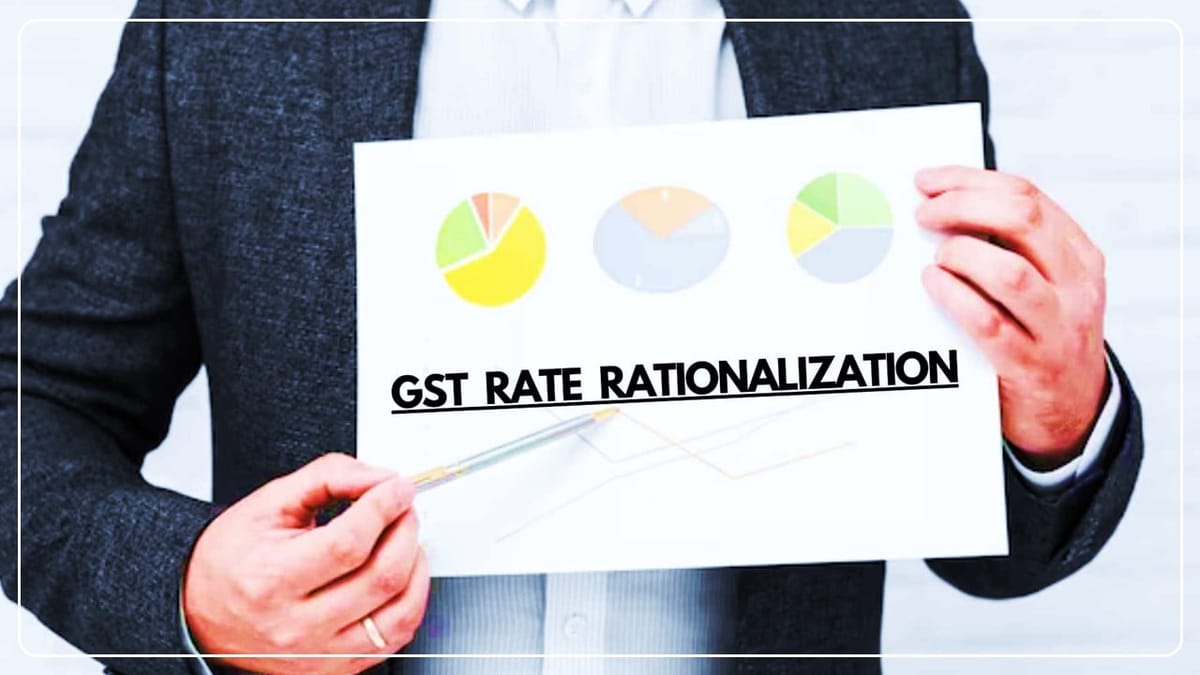Reetu | Aug 5, 2024 |

Transport Minister Nitin Gadkari writes to FM about Rate Rationalisation of GST
Transport Minister Nitin Gadkari wrote a letter to Finance Minister Nirmala Sitharaman about lowering the GST on health and life insurance has struck a chord with most consumers, who are paying 18% tax to cover their medical risk when the Centre and states should have been providing quality healthcare with the taxes they collect.
Gadkari’s proposal to remove the tax is unworkable because it would disrupt the GST process, restricting refunds to individuals who sell goods or services to insurers. However, many others believe that a reduction would be beneficial. Around six months ago, a parliamentary standing committee led by Jayant Sinha emphasized the need to cut GST on health and term insurance.
But it isn’t only insurance; the government is also imposing hefty charges on customers for a variety of other vital services, including telecom, which draws 18%, and 28% on air conditioners and cement, both of which are classified as demerit goods. Despite cement being a critical construction component, the GST Council, which includes the Union and state FMs, has rejected calls for a reduction.
A quick glance at your last car invoice will reveal how much tax you have paid to the Centre and states – 43% GST if you purchased a “luxury vehicle” (defined as anything longer than 4 metres), as well as a high registration cost, aside from motor insurance, where the premium only rises even if you do not make a claim, and the government then levies 18% GST. The effective rate for sin items, such as gutka or pan masala, is three digits.
For numerous years, the GST Council has discussed changing rates but has hesitated to act, even as tax collections have increased month after month. There is talk of initiating discussions at the next meeting, but it is unlikely that a decision will be made for months. A group of ministers chaired by Bihar Deputy Chief Minister Samrat Chaudhary must develop a blueprint, which would be linked to an item-by-item examination by the GST Council secretariat to guarantee that no revenue is lost.
The rationalization of GST rates is overdue. It was scheduled to take place a few years after the initial launch. Initially, COVID-19 played spoiler. Although the finance ministry has received a lot of criticism for its tax rates, officials said the states were hesitant because they anticipated a revenue loss at a time when the compensation cess was about to be phased out. The compensation cess was a temporary measure designed to ensure that states’ revenue increased by 14% per year for five years. However, it had to be expanded in the wake of Covid.
Higher inflation and the likelihood of combining the 12% and 18% rates to create a median rate of 15-16% increased the problem. This will result in somewhat lower rates for biscuits, ice cream, paints, refrigerators, and televisions (up to 32 inches), as well as insurance and telecom services. This will also mean that bicycles, clothing and footwear costing up to Rs.1,000 a pair, pencils, pre-packaged namkeen and bhujia, and a variety of other food products will experience price increases due to a higher levy than the existing 12%.
Furthermore, it will require the GST Council to boost the 5% rate to 7-8% in order to secure consistent revenue while also narrowing the gap between the new median rate and the rate for merit items.
The government receives nearly two-thirds of its revenue from the 18% slab, with the remaining 15-20% coming from goods and services, which attract 28%. While a third of the goods, largely household, fall into the 5% category, their income contribution is in the single digits. There has been a suggestion to include some tax-exempt commodities in the tax net.
“Now is an excellent moment to begin rationalisation, which will take several months. The revenue situation has improved significantly, the economy is doing well, and inflation has eased and is expected to improve further,” said Vivek Johri, former CBIC chairman.
The GST Council will have to vote on a road map for cess on items such as tobacco, pan masala, automobiles, coal, and soft drinks. The rationalisation exercise will come with its own setbacks. For example, reducing GST on insurance to the lowest slab may result in greater levies on various inputs, as well as tax refunds, as the refund outgo will exceed the tax received in the final stage.
In case of any Doubt regarding Membership you can mail us at [email protected]
Join Studycafe's WhatsApp Group or Telegram Channel for Latest Updates on Government Job, Sarkari Naukri, Private Jobs, Income Tax, GST, Companies Act, Judgements and CA, CS, ICWA, and MUCH MORE!"